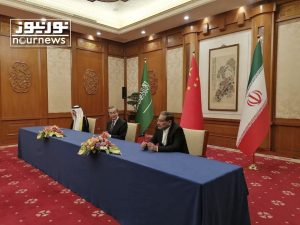
Japanese Prime Minister Fumio Kishida’s trip this coming weekend to New Delhi, close on the heels of Australian counterpart Anthony Albanese’s own India tour, is indicative of growing strategic cooperation among the Indo-Pacific region’s major democracies.
Just as Germany’s rapid rise prior to World War I led to the Triple Entente among France, Britain and Russia, China’s aggressive expansionism has given the key Indo-Pacific democracies strong impetus to work together as a countervailing coalition.
The Quad, though without the form of a formal alliance, represents an emerging entente among the Indo-Pacific region’s four leading democracies: Australia, India, Japan and the U.S.
More fundamentally, the Indo-Pacific power balance will be determined, first and foremost, by events in East Asia and the Indian Ocean. This in turn makes the Japan-India relationship central to the region’s power equilibrium and stability.
Unlike the U.S. and Australia, India and Japan, which share frontiers with China, have seen their security come under direct pressure from Chinese President Xi Jinping’s muscular revisionism.
Kishida has pledged to double defense spending over the next five years following his government’s release of a new National Security Strategy which concluded that the country faces “the most severe and complex security environment since the end of World War II.”















